Podcast: Play in new window | Download
Subscribe: RSS
Innovation is critical to the future of your business. But that doesn’t mean that every source of innovation is right for you because it also carries risk. Invest in the wrong things and not only can you waste time and money but negatively impact your business. To help you eliminate “innovation risk” we examine how your clients can help you focus on the right things and avoid the wrong things. We show you how to engage clients in working toward successful innovation.
Our conversation includes:
- Innovation as a design process
- Different kinds of innovation
- Using client input to shape useful innovation
- Segmenting your client experience
- Creating an effortless client experience
Takeaway Quote:
“Unless you consult with clients, you might innovate but you may not add value. And if you’re not adding value, then why are you investing? What’s going to be the return on that investment?”
Want more?
Stephen Wershing:
Website: https://clientdrivenpractice.com
LinkedIn: https://www.linkedin.com/in/stephenwershing/
Twitter: @swershing
Julie Littlechild:
Website: www.absoluteengagement.com/blog
LinkedIn: https://www.linkedin.com/in/julielittlechild/
Twitter: @jlittlechild
Episode Transcript:
Steve Wershing:
Welcome to Becoming Referable, the podcast that shows you how to become the kind of advisor people can’t stop talking about. I’m Steve Wershing. The survival of your firm depends on innovation, but innovation is hard and risky. Invest in the wrong thing, and you’ll have wasted time and money at the least, possibly even compromising your business at the worst. How can you know what kind of innovation to pursue? And how? One way to get critical guidance is to check with clients. Clients are the ultimate experts in what they’re willing to buy and what they value, but it’s not as simple as asking them what services to introduce or how to change your processes. They don’t know.
Steve Wershing:
In this episode, Julie and I discuss how to enlist clients in co-creating that innovation in your business. We talk about what kind of feedback to seek and productive ways of asking for it. The future of your business in this fast changing industry depends on smart innovation. This discussion will give you valuable insights on how to uncover the guidance to take your business in the right direction. Here now is my conversation with Julie on how to get client feedback to guide successful innovation. Hey Julie. So today we’re going to talk about innovation.
Julie Littlechild:
Well, that’s a small concept.
Steve Wershing:
All right. Exactly-
Julie Littlechild:
We can probably tackle that in half an hour or less.
Steve Wershing:
Yeah, right. Let’s talk about the future. We can knock that out in 30 minutes, but I know that you and I wanted to talk specifically about innovation and even more specifically about how client feedback ties into that, how you can essentially engage your clients to co-create that future including what kinds of things you innovate with. But let’s just start with the idea of innovation. So as we were just joking, it’s a pretty big idea. So what more specifically does innovation mean to you?
Julie Littlechild:
When I think about innovation, I tend to go to the design process and one of the things that jumps out for me is that there’s a big difference between improvement and innovation. And sometimes we talk about them kind of in the same breath. I think they’re both critical, obviously they’re both important, but they’re different. And so typically when I’m thinking about innovation, I think about it as a design or development process. So it’s like you’re building in an innovative way so the result is more innovative rather than it’s this strategy or it’s this tactic. So I think when you look at some of the companies that we think of as innovative, they have a process in place to really think through design and that sort of thing.
Julie Littlechild:
So the example I always use is a Starbucks, which is entirely not at all creative, but having said that, we use them for good reason often. And just to walk through that thinking, I guess is at the end of the day they provide coffee, they sell coffee. And if we went into their boardroom and they had an improvement mindset, they would probably be thinking about how do we make it taste better, make it hotter, or what have you. But they like so many, I think take more of an innovation approach and say… Yes, it’s about the products, but more importantly, it’s about understanding how this product fits into the lives of our clients.
Julie Littlechild:
And I think when you start asking those questions, when you start really thinking about the entire client journey. And in Starbucks case, it’s clear that they looked at why people go to Starbucks, how long they stay, where they sit, what they’re doing while they’re there, all of that. And so the environment ends up being one of their innovations clearly among other things. So to me it’s a bit like Dyson, right? The innovation is in the design. And when you take this kind of approach, you end up being very innovative. And what do you think about it when you think about innovation?
Steve Wershing:
Well, I think you’re bringing up a whole lot of really interesting points and I think it’s useful to think about what kinds of innovation there are. So for example, you can innovate by coming up with a new service.
Julie Littlechild:
Yep.
Steve Wershing:
So if Dyson came up with some way to clean that wasn’t a vacuum cleaner, that would be an innovation. So when we say innovation, some advisors might think, “Oh, well, there’s a new service I could do.” Or, “There’s some new thing I could do.” Or there innovation could be how you do it, but in a better way, which is like you were talking about Dyson, they build their vacuum cleaners differently. And the idea is it sucks up dirt better so that’s a kind of innovation. Or I think more interestingly is what you were talking about in terms of Starbucks, which is you can innovate in how your client experiences you. And so where Dunkin Donuts and Tim Hortons and lots of places, might think about how we do coffee differently. But Howard Schultz sat down and said, “Let’s not talk about coffee. Let’s talk about the experience. Let’s talk about a space that is somewhere between work and home, that involves coffee.”
Julie Littlechild:
Right. Yeah, exactly. And I think it’s a bit of a trap sometimes, because as you said, an improvement can be an innovation technically, but I think it’s a trap to believe that just because you do something a little better, it’s like the better mouse trap trap, if you will, that somehow that’s innovative. Because sometimes we do hear that and I question it where a firm might say, “Well, we truly care about our clients, or we have a six step planning process.” As if that’s somehow an innovation when clearly it’s not, and they may do it better than anyone else, but it’s not a recognizable innovation in that sense.

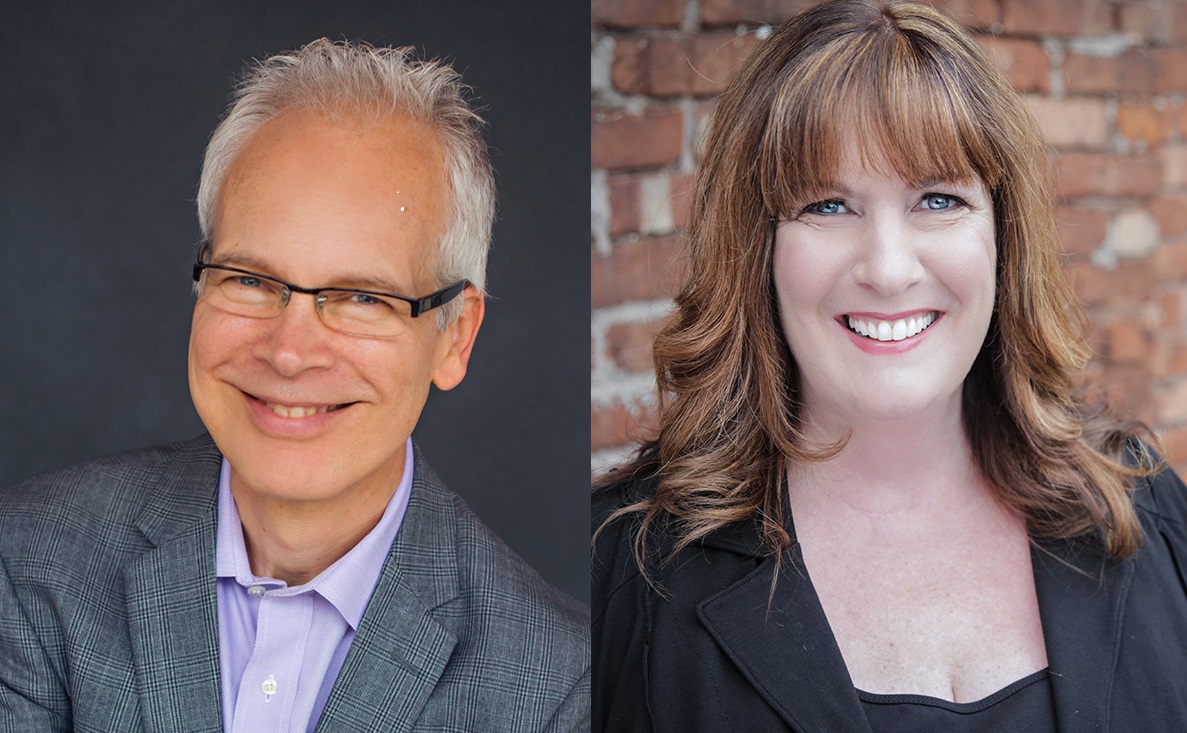
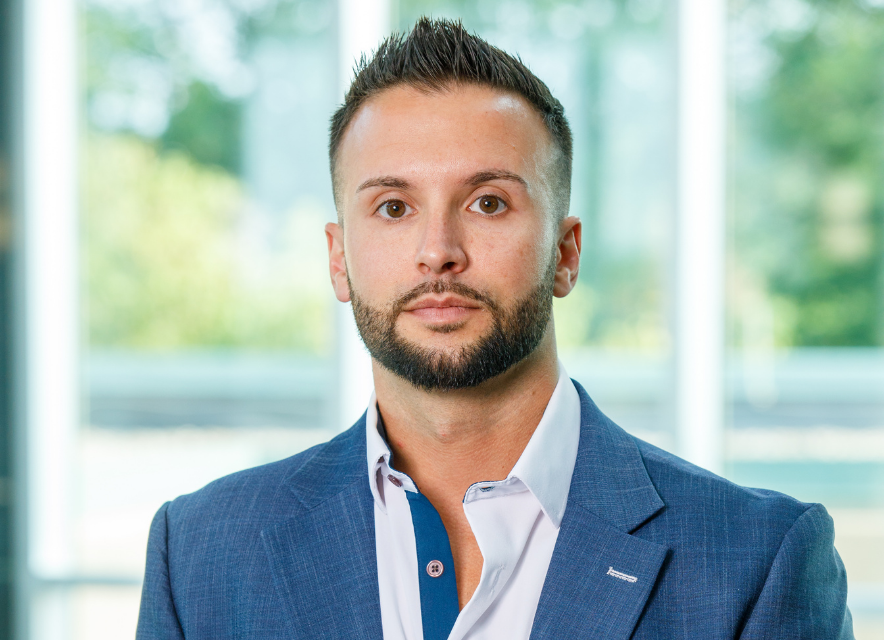
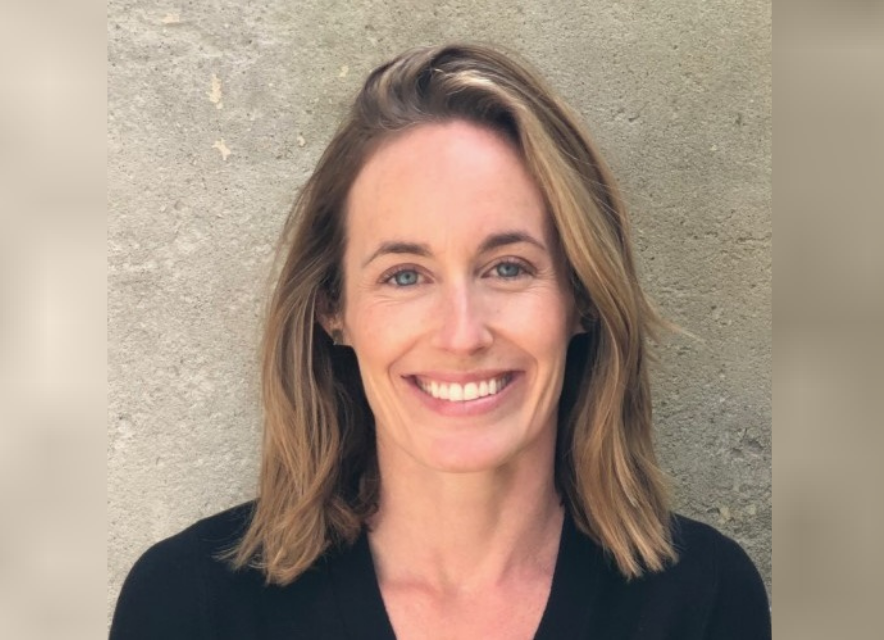
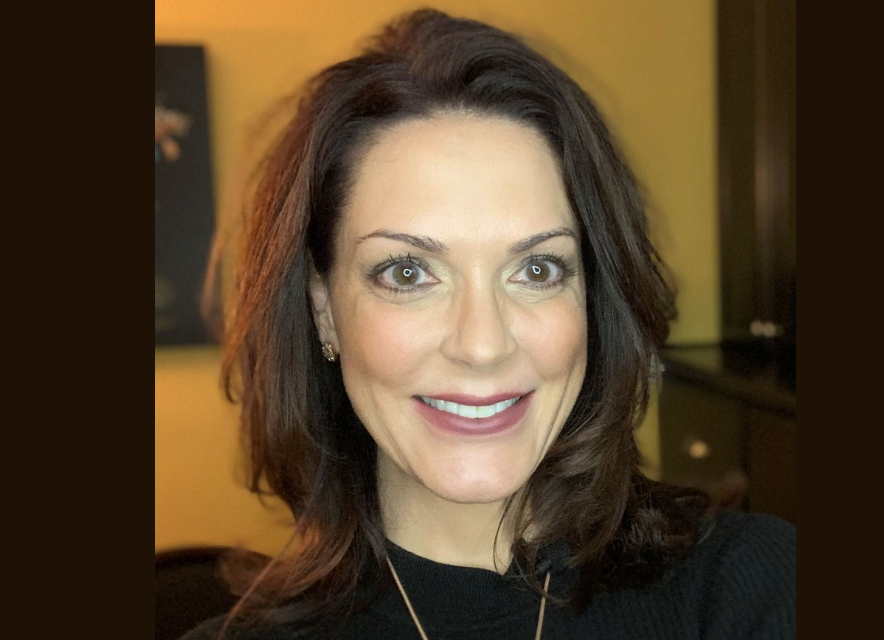
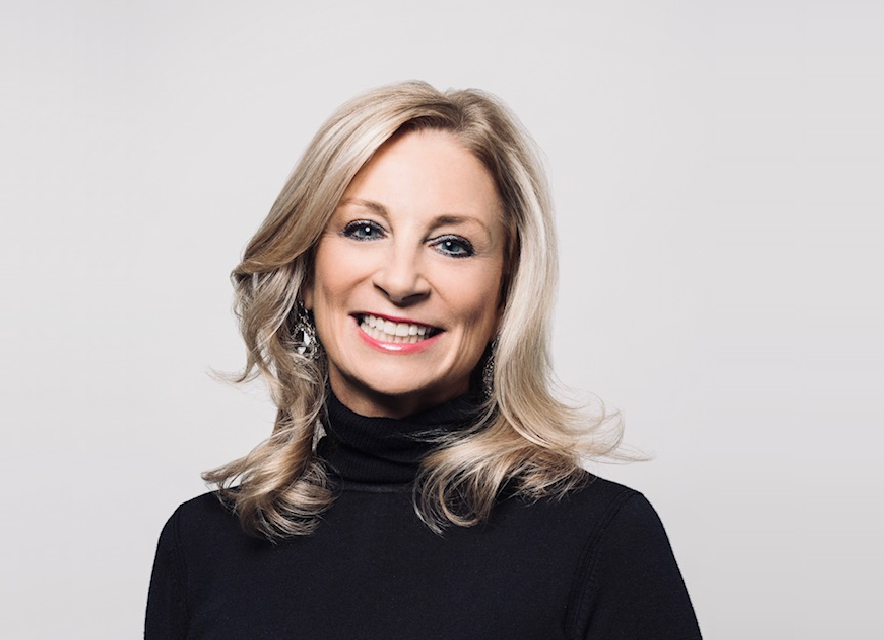
Leave A Comment